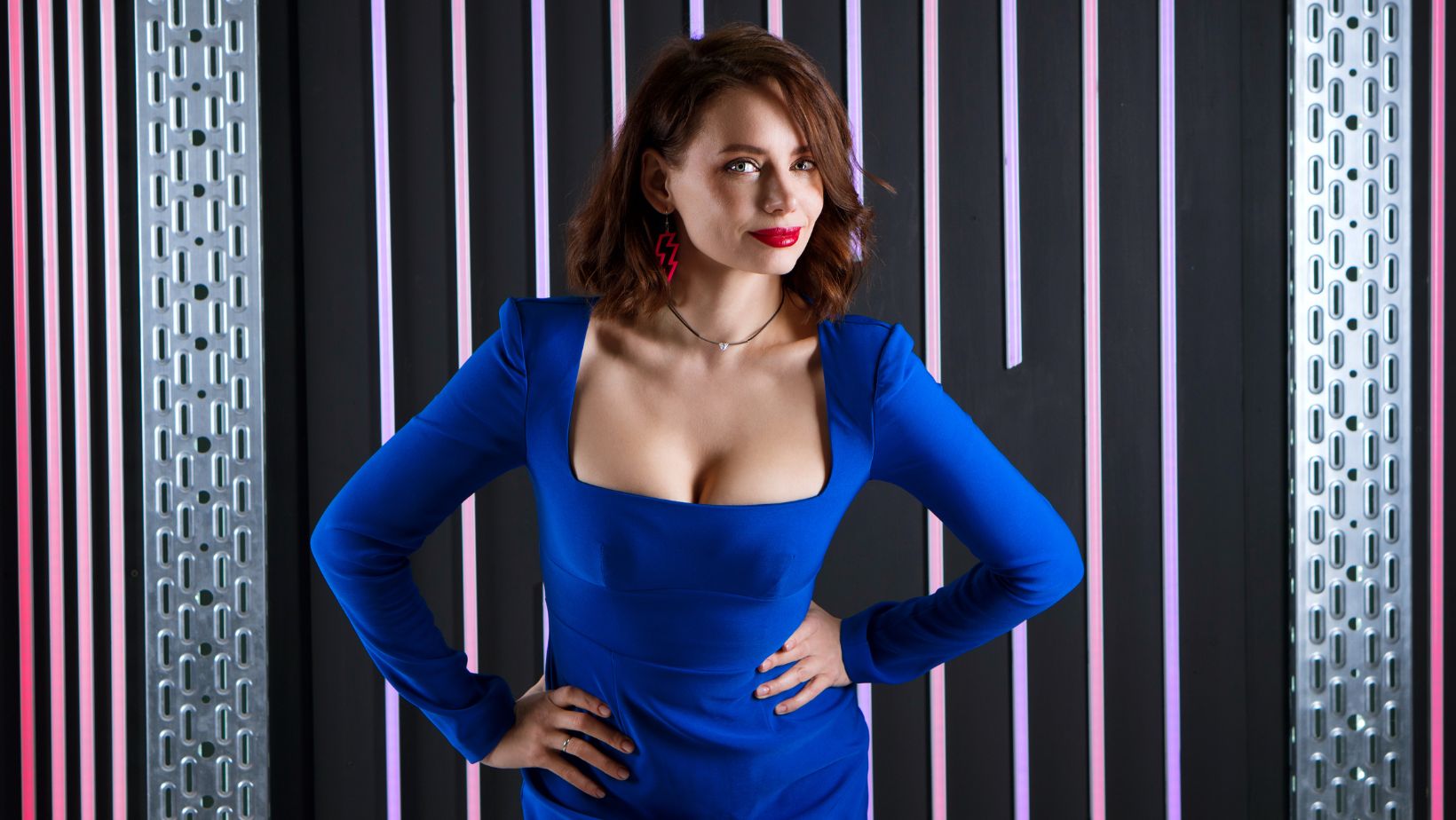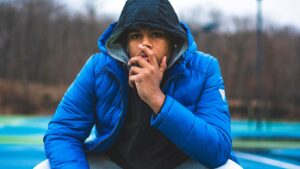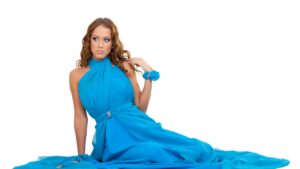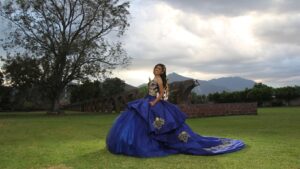In the world of color coordination, navy blue holds a special place. It’s a versatile color, rich with depth and character, yet it often leaves many wondering, “what colors pair well with it?” This article aims to answer that very question.
With its roots in the realms of fashion, interior design, and art, understanding color harmony is an art in itself. Mastering the art of pairing navy blue can transform your space or outfit from ordinary to extraordinary. Let’s dive into the world of color coordination and discover the best colors to pair with navy blue.
Perpaduan Warna Biru Dongker Cocok Dengan Warna Apa Saja

Dark blue, often referred to as navy blue, presents a medley of both aesthetic and psychological attributes. Recognizing these characteristics elucidates why it fits well with certain colors, a sought-after answer to the query perpaduan warna biru dongker cocok dengan warna apa saja.
The Cultural Significance of Dark Blue
Dark blue carries cultural significance as well. It’s often seen as a symbol of authority, wisdom, and intelligence. In fashion, it represents elegancy and formality. Interior designers see it as a color signifying strength and depth and hence use it to cultivate a sophisticated aura. Furthermore, in art, it’s used to add depth and contour to imagery. This adaptability to different scenarios and aesthetics explains why it’s the subject of frequent color pairing queries, like perpaduan warna biru dongker cocok dengan warna apa saja.
Exploring Complementary Colors for Dark Blue
Why Complementary Colors Matter
Complementary colors play integral roles in design and fashion contexts. Expert illustrators, interior designers, and style professionals often rely on these hue combinations. They enhance visual interest, creating balance and contrast. For instance, when paired correctly, complementary colors can add sophistication to a room or make an outfit pop, effectively capturing attention. Dark blue is no exception. When complemented with aptly chosen colors, dark blue can become even more striking.
 Identifying Complementary Colors for Dark Blue
Identifying Complementary Colors for Dark Blue
To identify complementary colors for dark blue, we utilize the principles of color theory, more specifically, the color wheel. A color wheel provides a visual representation of colors, displaying how they relate to one another. Predominantly, the contrasting color to dark blue lies directly across it on the color wheel. Hence, it’s in the range of warm orange and gold tones, including colors like peach, gold, and tan.
Aside from these hues, cool pastel tones also pair well with dark blue. Examples include soft pink and lavender. These colors soften the richness of dark blue, adding a
These complementary colors not only enhance dark blue’s properties but also offer varied atmospheres depending on which color is selected. This versatility makes dark blue an exciting, flexible color to work with across various domains.
The Color Wheel and Dark Blue
 What is The Color Wheel?
What is The Color Wheel?
The color wheel, a vital tool in art and design, reveals the relationships between primary, secondary, and tertiary colors. Composed of a circular arrangement, it starts with three primary colors: red, yellow, and blue. From these, secondary colors such as orange, green, and purple, derive through mixing the adjacent primary colors equally. Mixing primary and secondary colors results in tertiary colors, leading to a palette of 12 hues, each having a specific position on the wheel. Knowledge of the color wheel empowers designers to consciously create harmony and interest in their work, a principle that holds true even when deciding perpaduan warna biru dongker cocok dengan warna apa saja or which colors pair well with dark blue.
Position of Dark Blue in the Color Wheel
In the color wheel, dark blue, often signifying depth and stability, situates between primary blue and tertiary blue-violet. It leans towards cooler tones, which holds an essential implication in the art of color matching. Complementary colors lie directly opposite each other on the wheel, implying that shades of orange, being opposite to blue hues, serve as a remarkable match for dark blue. However, considering the versatility of dark blue, a variety of other colors such as light pastel shades, warm earth tones and even monochromatic gradations of blue itself can complement it effectively. Thus, understanding the color wheel and the position of dark blue within it proves essential while contemplating which shades harmonize best with dark blue.
 Best Color Matches for Dark Blue In Fashion
Best Color Matches for Dark Blue In Fashion
Navy blue’s versatility shines when paired with the right colors. It’s a hue that can create a sense of trust, stability, and relaxation. Its placement on the color wheel makes it lean towards cooler tones, which is why shades of orange stand out as a remarkable match. But it’s not just about orange. Light pastels, warm earth tones, and monochromatic blue gradations can also complement dark blue beautifully. This understanding of color relationships is key to creating aesthetically pleasing results, whether in fashion or interior design. So, when you’re next planning a color scheme, remember the power of navy blue and its potential to harmonize effectively with a range of shades.



 Identifying Complementary Colors for Dark Blue
Identifying Complementary Colors for Dark Blue What is The Color Wheel?
What is The Color Wheel?

